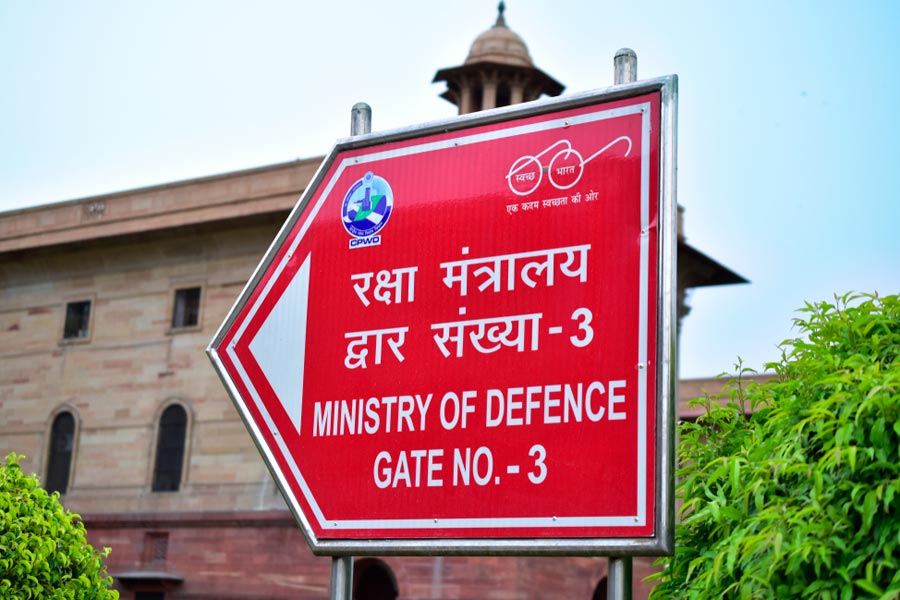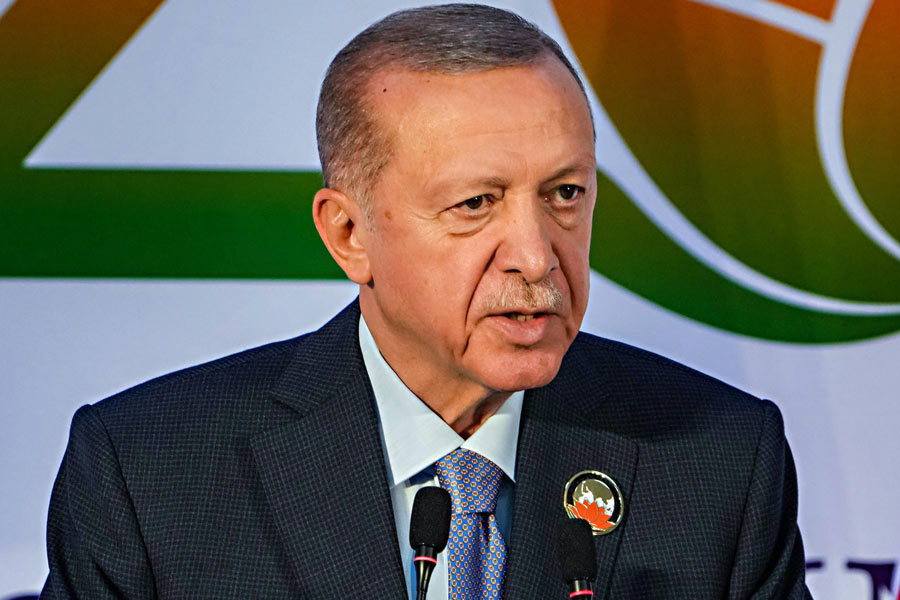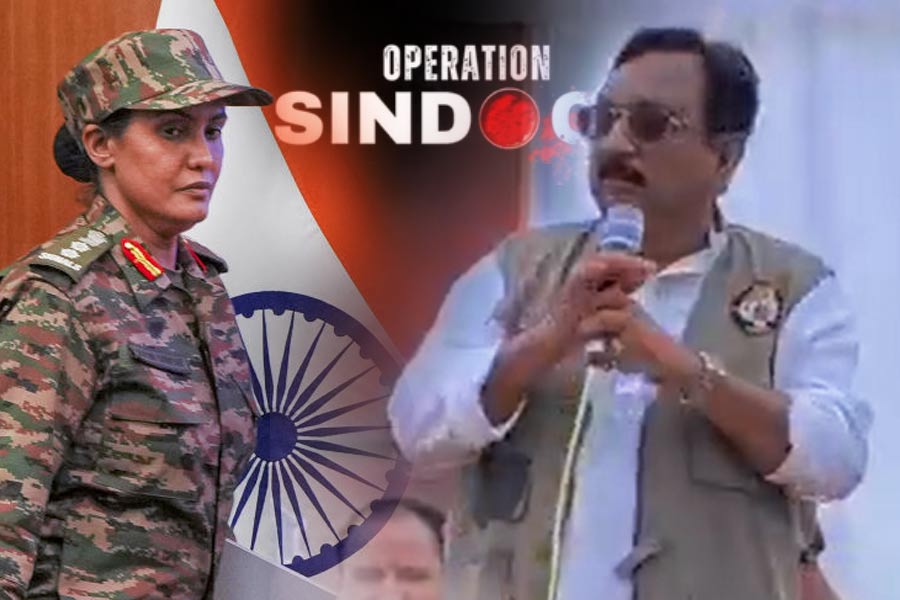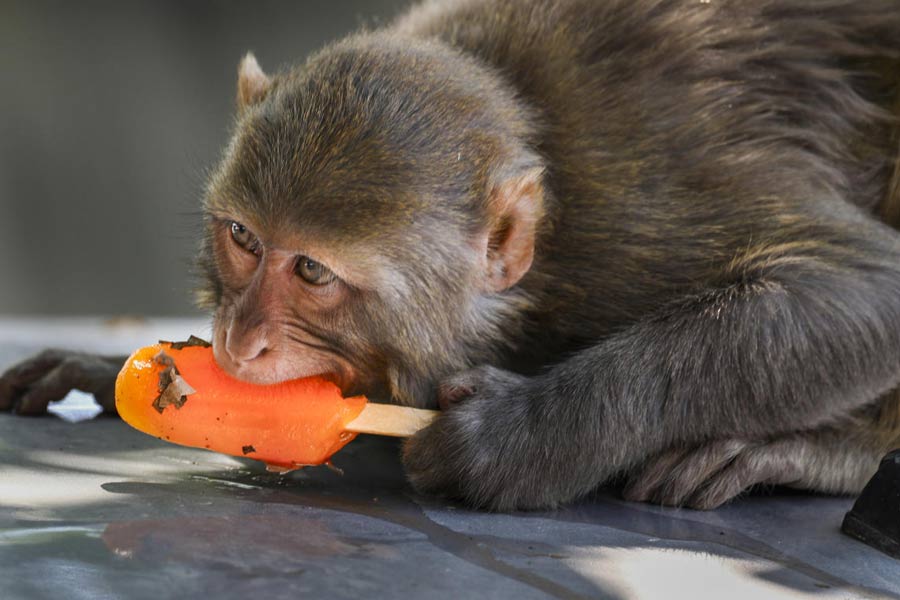 |
| The warp and the weft |
A Tangled Web: Jammu & Kashmir Edited by Ira Pande, HarperCollins, Rs 699
In one of the crumbling mansions in north Calcutta still inhabited by a family of lawyers, they keep their enormous Kashmiri carpets rolled up and hung parallel to the ceiling after wrapping them up in a layer of tough linen. On all occasions, whether happy or sad, these are brought down. After a cursory dusting, they are spread out so that their exquisite beauty, unsullied, even though generations have gone by, can add colour and character to the goings on.
My going back to this 2010-11 special edition of the IIC Quarterly was occasioned by my reading of a recent plea by Dilip Padgaonkar. One of the three interlocutors for Kashmir, Padgaonkar reasoned that it was time that their report, submitted to the government in October 2011 and placed in the public domain in May this year, be given a hearing at the political level — the only reason one can imagine the report to have been written for. But unlike the re-opened volume of the quarterly, the report seems to have been strung up somewhere, like the Kashmiri carpets, so that it causes the least disturbance. For it to be brought down there needs to be an occasion, perhaps a violent one. As Suhasini Haidar, one of the 23 essayists in the quarterly edition points out, “When there’s violence, New Delhi and the world take a keen interest in trying to end it. When the violence dies down, everyone loses interest, thereby setting the stage for the next round of violence.”
Haidar’s observation is mundane, as that of many other essayists in this volume. There are repeated references to India’s possible duplicity in getting Kashmir for itself, its failure to give the people their due, its use of naked force to keep Kashmir as an integral part of the country and, of course, its failure to engage with the problem until the next cycle of violence. But why does it all sound so mundane? Why is it no longer extraordinary to see a people being fenced off by wires and killed like animals or to see them fight back, sometimes with grenades, sometimes with stones? Why is it so usual for them to distrust and for the nation to keep its distance?
Pratap Bhanu Mehta calls this the Kashmir “syndrome”. From a historical and a political problem, Kashmir has mutated into an affliction of the mind. Entrenched assumptions on either side, suspicions and deep-set ideas — be it the self-image Kashmiris have created for themselves or their perceptions about who their enemy is, what is at stake — have created such an impasse that every movement, every utterance reinforces the threat of a conspiracy. All signs of dissent in Kashmir are interpreted as threats to India’s existence as a secular state and all efforts on the part of India are seen to be emanating from a habitually malevolent State. For Kashmir to be resolved, it has to be disentangled from this web of presumptions that closes the mind to imagination.
Is the Kashmir problem then a failure of the imagination? Several of the essayists think that a major part of it is, although in different ways. The closure of the mind, as Mehta points out, is what could be making Kashmiris fail to see beyond kashmiriyat, which may prove to be a debilitating ideal, and India beyond representative politics despite the latter’s limitations. Failure of the imagination could also be the reason why Pakistan and India, as Philip Oldenburg points out, continue to see the loss of Kashmir as an existential threat when it is certainly not. Ashutosh Varshney reminds that the contesting ideals of Pakistan’s religious nationalism, India’s secular nationalism and the Kashmiris’ ethnic nationalism have fed into the mess that is Kashmir.
All of Kashmir’s problems, however, are not linked to the imagination. There are lived experiences that have fed into imaginings. Strip searches, night raids, mindless killings, rapes and other everyday humiliations have created what Suvir Kaul calls the “churning sea of stories” that “move and mobilize, and irrigate suffering and struggle.” These experiences, particularly since the 1990s, when ordinary people became the victims as much of militants’ bullets as the brutality of the security apparatus of the State, are the only living memory of the generation that now come out on the streets to battle the security-men with nothing more than stones.
If experience has contributed to Kashmir’s sense of victimhood, it has also created Jammu’s victimhood, the alter ego of the former. The unified Kashmiri struggle, often through a single political formation, the incessant focus on Kashmir that has received the lion’s share of development funds, jobs and educational opportunities, the marginalization of the Jammu elite in political representation, have fed into a sense of discrimination that lies behind Jammu’s rivalry with Kashmir. This sentiment has been exploited to the hilt by the Hindu Right. Jammu, which counters every thrust of Kashmiri nationalism with its own unique saffron-tinged nationalism, thus lies at the heart of the Kashmir tangle, say Balraj Puri and Rekha Chowdhary. That is also what Dilip Padgaonkar reminds us about. Without taking both Jammu and Ladakh into the calculus, it is impossible to resolve Kashmir’s problem.
Unlike the interlocutors’ report, however, A Tangled Web also throws light on the complex web of relations that has tied Kashmir to the two regions. Renuka Savasere, in her masterly essay on the region’s craft, mentions Ladakh’s crucial place in the development of Kashmir’s pashmina shawl industry through the ages. Rulers often forcibly made Ladakh part with its pashm so that Kashmir’s trade and craft could live. There are many victimhoods that are not spoken about.
This book repeats many of the facts we already know about Kashmir. But the huge body of information, the look into the intricacies of the problem, the personalized accounts of many essayists, and even the high-strung emotion of some of the writers such as Nitasha Kaul, will add to the understanding of the problem. Like the Kashmiri carpets, this understanding needs to be brushed up more often.











